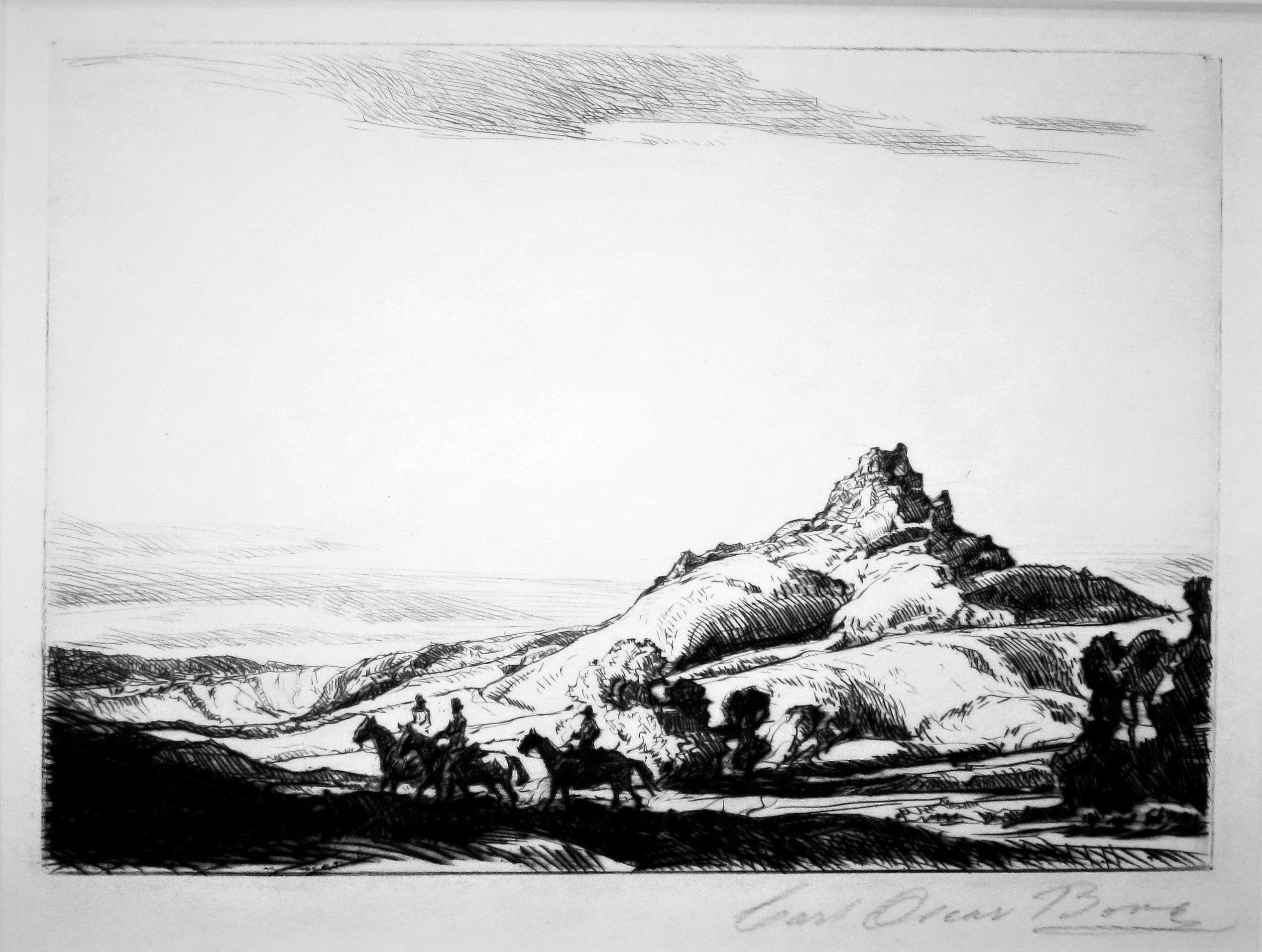Carl Oscar Borg 1879-1947

Carl Oscar Borg was considered “a major American artist,” though he was born in Grinstad, Sweden on March 3, 1879. Borg worked as a seaman and studied art in London before emigrating to New York City in 1902. He moved to California in 1903 and through the patronage of Mrs. Phoebe Hearst, was able to return to Europe for further study in Paris and Rome. Upon his return he taught at the California Art Institute in Los Angeles, and from 1918 to 1924 lived in Santa Barbara where he taught at the School of Arts. The interval years 1924 to 1935 were spent traveling to San Francisco, Los Angeles and the Grand Canyon. The subjects of his paintings included Hopi and Navajo Indians, cowboys, historical scenes, and California landscapes, seascapes and missions. He made three trips to Sweden in the 1930s, and when war broke out in Europe he was forced to remain there for the duration of the war. While in Sweden he had considerable fame and financial success in selling his paintings of Indians and desert scenes to art collectors. After World War II ended, he returned to Santa Barbara where he died on May 8, 1947.
Borg was a member of the California Art Club, Laguna Beach Art Association, California Society of Etchers, Salmagundi Club, New York; Association of the National Academy of Design, New York City; California Watercolor Society, California Printmakers, and Painters of the West. He received many awards from around the world for his artistic talent. His works are held in the collections of the Los Angeles County Museum of Art, Seattle Art Museum, Library of Congress, University of California at Berkeley Museum and the Los Angeles Public Library, to name a few. His own biography was published in Sweden.
Source: Carl Oscar Borg: A Niche in Time, Essays by Katherine Plake Hough, Michael R. Grauer, Helen Laird. Palm Springs, California: Palm Springs Desert Museum. ©1990.